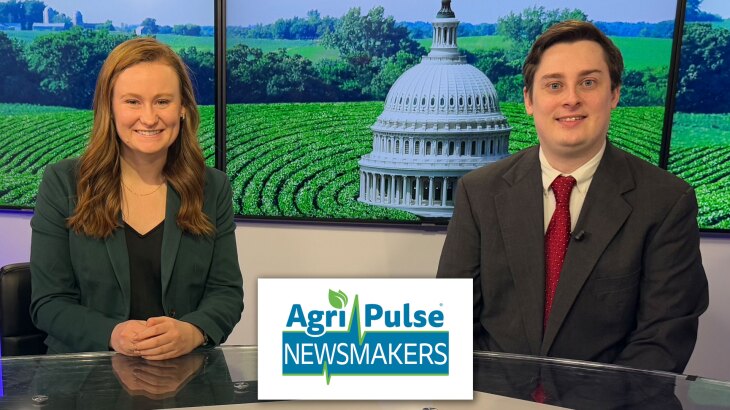Since August of 2023, U.S. dairy farmers have pulled back on the number of cows being sent to slaughter. Half a million fewer cows were sent to slaughter than expected.
CoBanks lead dairy economist says that advancements in breeding technology and genomics may be one reason.
According to Corey Geiger, “Probably 85-90% of the dairy cows in the United States are bred artificial insemination, which is driving genetic improvement, and so, we can make our heifer calves. Once that started happening in 2009, genomics became available. Genomics is the study of DNA and comparing it to population. In the dairy cow, it is the most studied domestic animal on planet Earth. So, we have 10 million genomic records; so we can pull DNA sample on the baby calf compared to these 123 million records and we instantly know what that calf will do with 70% accuracy as a cow.”
Geiger says that this has allowed farmers to breed specifically for higher efficient replacement heifers. As for other potential offspring, he says that dairy farmers have been opting for beef-breeding animals to help support the beef market.
“Dairy farmers are using native beef breeds. A lot of Angus, Charolais, Limousin, and others on dairy cows, and in fact, last year, all the AI studs in the country sold just over 9 million units of beef semen. We know 7.9 million units of that went to dairy farmers. So this is— and in 2017 it was nominal. It was only 2 million. We’ve like 400% growth from 2017 to 2023,” he adds.
Geiger says that a large part of the appeal for beef on dairy calves is their consistent ability to gain compared to purebred Holsteins and Jerseys. He says that in the next year, the industry anticipates 15% of all feeder steers to be born of a beef sire and dairy dam.











